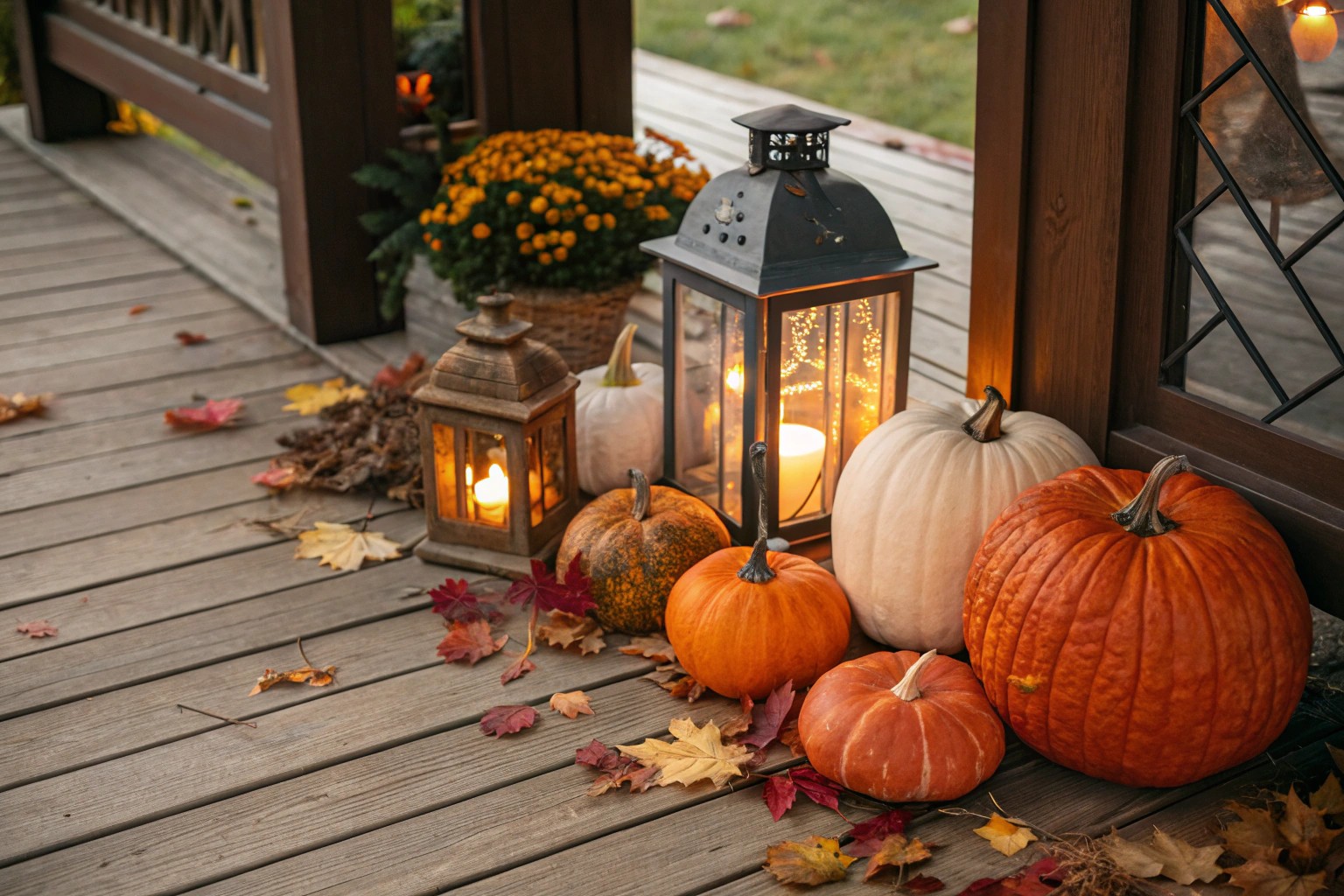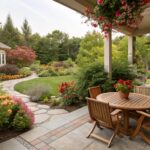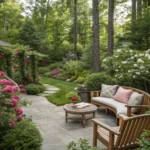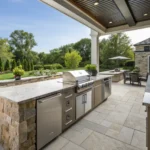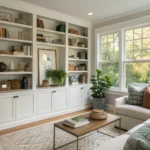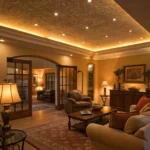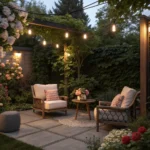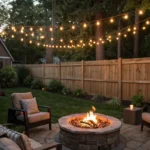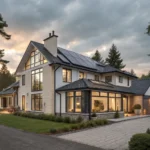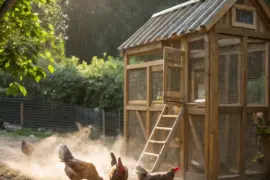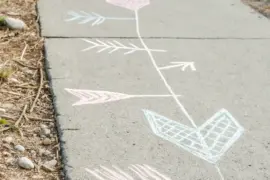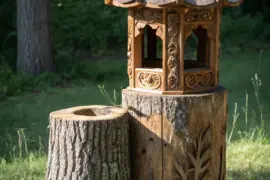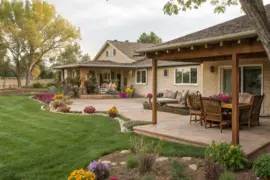Transforming outdoor spaces for the colder months requires strategic planning that balances aesthetic appeal with practical functionality. The key lies in selecting elements that not only withstand harsh weather conditions but actively enhance the beauty of your landscape during nature’s most dramatic seasonal transitions.
Understanding Seasonal Design Philosophy
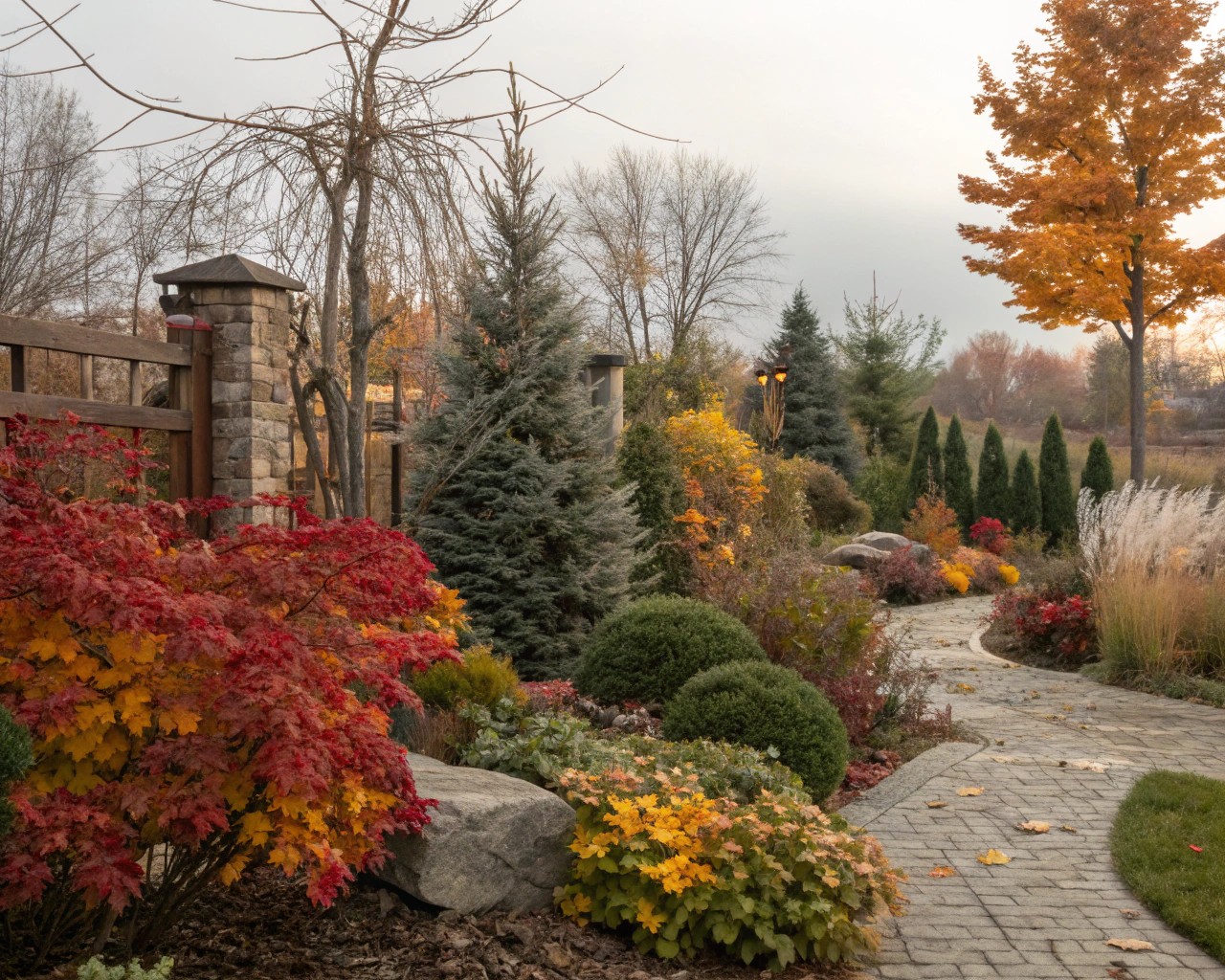
The transition from summer’s vibrant energy to autumn’s contemplative warmth, and ultimately winter’s stark elegance, presents unique opportunities for outdoor design. Rather than viewing cold seasons as limitations, I approach them as canvases for creating intimate, cozy environments that draw people outdoors despite dropping temperatures.
Successful cold-season outdoor design operates on three fundamental principles: layered visual interest, weather-resistant durability, and functional comfort. These principles guide every decision, from plant selection to furniture placement, ensuring spaces remain both beautiful and usable throughout the coldest months.
The psychology of cold-weather outdoor spaces differs significantly from summer designs. Where summer encourages sprawling, open gatherings, fall and winter call for more intimate, sheltered arrangements that promote closeness and conversation around focal points like fire features or warm lighting.
Fall Outdoor Decorating Essentials
Signature Autumn Elements
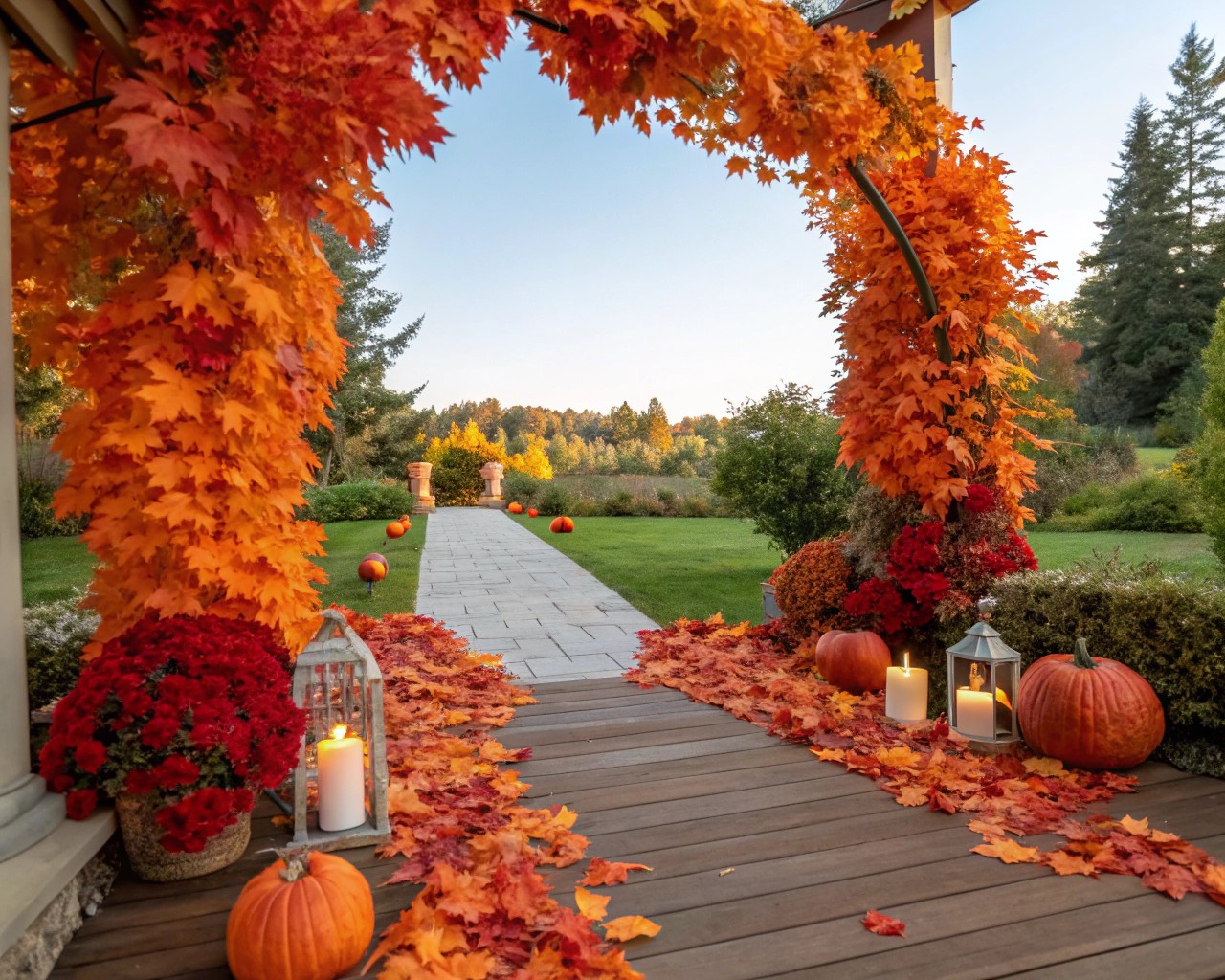
Fall decorating begins with understanding the season’s natural palette and textures. The quintessential fall display centers around pumpkins, mums, and gourds—elements that provide instant seasonal recognition while offering remarkable versatility.
Color Palette Strategy:
- Traditional: Deep oranges, warm reds, golden yellows
- Modern: White, sage green, dusty blue pumpkins
- Sophisticated: Burgundy, bronze, cream combinations
- Rustic: Natural browns, weathered wood tones, burlap accents
Key Decorative Components:
- Hay bales as natural seating and display platforms
- Ornamental cabbages and pansies for living color
- Heirloom pumpkins in varied sizes and textures
- Dried fall flowers and corn stalks for vertical interest
Practical Fall Arrangements
Layered Container Displays:
Create depth by combining different heights and textures. Start with a hay bale base, top with a galvanized bucket filled with fall plants, then arrange various pumpkins and small mums around the composition. This approach works particularly well on brick patios or wooden decks where the rustic elements complement existing hardscaping.
Strategic Lighting Integration:
As daylight hours shorten, lighting becomes crucial for extending outdoor enjoyment. String lights with warm-toned bulbs create intimate ambiance, while lanterns filled with battery-operated candles provide safe, flickering illumination. For added visual interest, fill rustic lanterns with small faux pumpkins and twinkle lights.
Textile Layering:
Incorporate plaid textiles through inexpensive blanket scarfs, outdoor pillows in fall shades like deep orange and burgundy, and throws draped over seating areas. These soft elements counterbalance the season’s harder textures while providing practical warmth for guests.
Winter Outdoor Design Strategies
Embracing Winter’s Natural Beauty
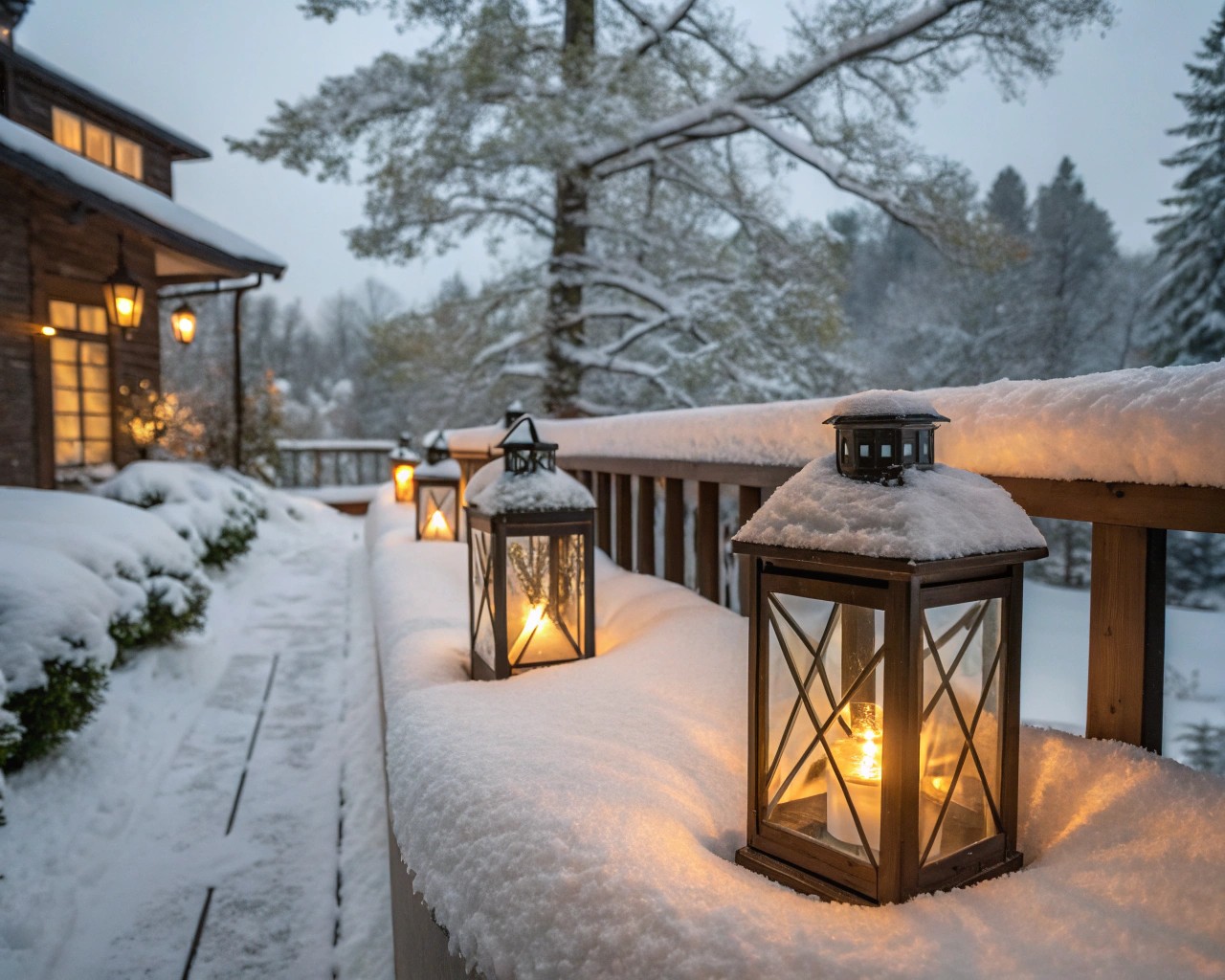
Winter design philosophy shifts from autumn’s abundant harvest aesthetic to a more refined, structural approach. The season’s stark beauty becomes the backdrop for carefully chosen elements that provide visual warmth against the monochromatic landscape.
Winter Design Principles:
- Evergreen foundation: Boxwood, holly, and conifers provide permanent structure
- Textural contrast: Smooth surfaces against rough, soft against hard
- Strategic color placement: Minimal but impactful color choices
- Architectural emphasis: Highlighting existing structures with seasonal elements
Essential Winter Elements
Plant-Based Foundations:
Winter interest comes primarily from evergreen plants that maintain their presence throughout the cold months. Boxwood provides structured hedging, while holly and conifers add varying textures and heights. These choices create what I call “nature’s stoic guardians”—plants that celebrate winter rather than merely enduring it.
Structural Decorations:
Winter decorating emphasizes natural materials and architectural elements:
| Element Type | Materials | Function | Placement |
|---|---|---|---|
| Wreaths | Evergreen branches, pinecones, burlap | Focal point | Front doors, windows |
| Swags | Dogwood branches, pine boughs | Linear interest | Shutters, railings |
| Containers | Birch logs, winter greens | Vertical structure | Entryways, porches |
| Ice Features | LED tea lights, natural ice | Magical elements | Steps, pathways |
Winter-Specific Crafts:
Ice lanterns represent one of winter’s most enchanting possibilities—transforming the season’s signature element into decorative lighting. These can be crafted with children and placed strategically along walkways or clustered on front steps for magical evening illumination.
Plant Selection for Year-Round Interest
Hardy Winter Performers
Selecting plants that provide genuine winter interest requires understanding which species offer structural beauty, colorful elements, or seasonal blooms during the coldest months. Hardy winter vegetables like Brussels sprouts, kale, and ornamental cabbages not only survive harsh conditions but actually improve in flavor after frost exposure.
Winter Blooming Plants:
- Hellebores (Lenten roses): Waxy blooms in late winter, tough evergreen foliage
- Witch hazel: Wispy yellow or orange flowers on bare branches
- Camellia: Rose-like blooms from late fall through mid-spring
- Winter aconite: Buttercup-yellow flowers that appear through snow
Structural Evergreens:
- Boxwood ‘North Star’: Cold-hardy with excellent winter color retention
- False cypress ‘Soft Serve’: Provides formal structure, especially beautiful after snowfall
- Red twig dogwood ‘Arctic Fire’: Colorful stems create winter drama
Strategic Planting Combinations
Winter Container Gardens:
Successful winter containers combine evergreen structure with seasonal accents. A typical arrangement might include:
Base Layer: Dense evergreen like boxwood or small conifer
Mid Layer: Colorful winter-tolerant plants like ornamental kale
Accent Layer: Berried branches, pinecones, or decorative elements
Finishing Touch: Natural materials like birch twigs or frosted branches
Ground-Level Plantings:
For permanent landscape interest, combine early-blooming bulbs like daffodils and glory of the snow with structural perennials like switch grass ‘Prairie Winds’. The grass provides textural interest under frost and snow, while bulbs promise spring renewal.
Heating and Lighting Solutions
Extending Outdoor Season Comfort
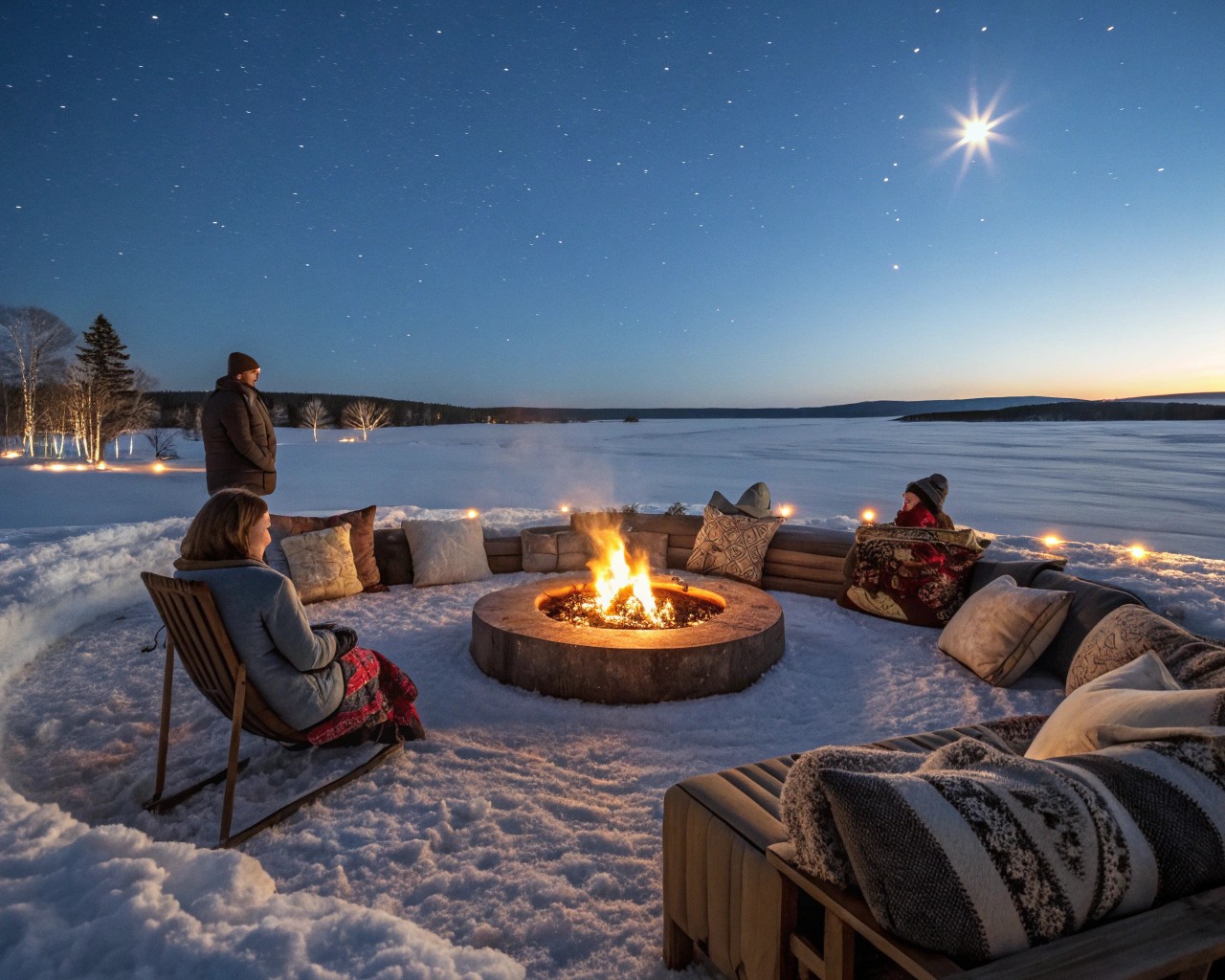
Effective heating solutions transform outdoor spaces from fair-weather retreats into year-round extensions of indoor living. The choice between electric, propane, and natural gas heating depends on specific site conditions and usage patterns.
Heating Option Comparison:
| Type | BTU Output | Best For | Installation | Operating Cost |
|---|---|---|---|---|
| Electric | 5,200 BTU/hr | Small spaces, enclosed areas | Plug-in simple | Higher per hour |
| Propane | 30,000-50,000 BTU/hr | Medium spaces, portable use | Tank connection | Moderate, refill needed |
| Natural Gas | 30,000+ BTU/hr | Large spaces, permanent installation | Professional line required | Lower per hour |
Strategic Heater Placement:
Position heaters to create heat zones rather than trying to warm entire spaces. Portable electric heaters work well for intimate seating areas, while propane tower heaters effectively warm larger gathering spaces. For safety and efficiency, place heaters where they can radiate heat onto seating areas without obstruction.
Illumination for Winter Landscapes
Winter lighting serves dual purposes: safety and ambiance. Shorter daylight hours make pathway illumination essential, while strategic accent lighting transforms bare winter landscapes into dramatic nighttime displays.
Layered Lighting Strategy:
- Path lighting: Low-voltage LED fixtures along walkways and steps
- Uplighting: Spotlights aimed at trees and architectural features
- String lights: Warm-toned bulbs for ambient gathering spaces
- Accent lighting: Lanterns, candles, and decorative fixtures for focal points
Winter-Specific Applications:
Highlight evergreen plantings with uplighting to emphasize their green presence against snow or dark winter skies. Wrap bare tree branches with string lights to create celestial effects that mirror starlit winter nights. Install recessed deck lighting along railings and steps to maintain safe passage during icy conditions.
Furniture and Materials for Cold Weather
Weather-Resistant Furniture Solutions
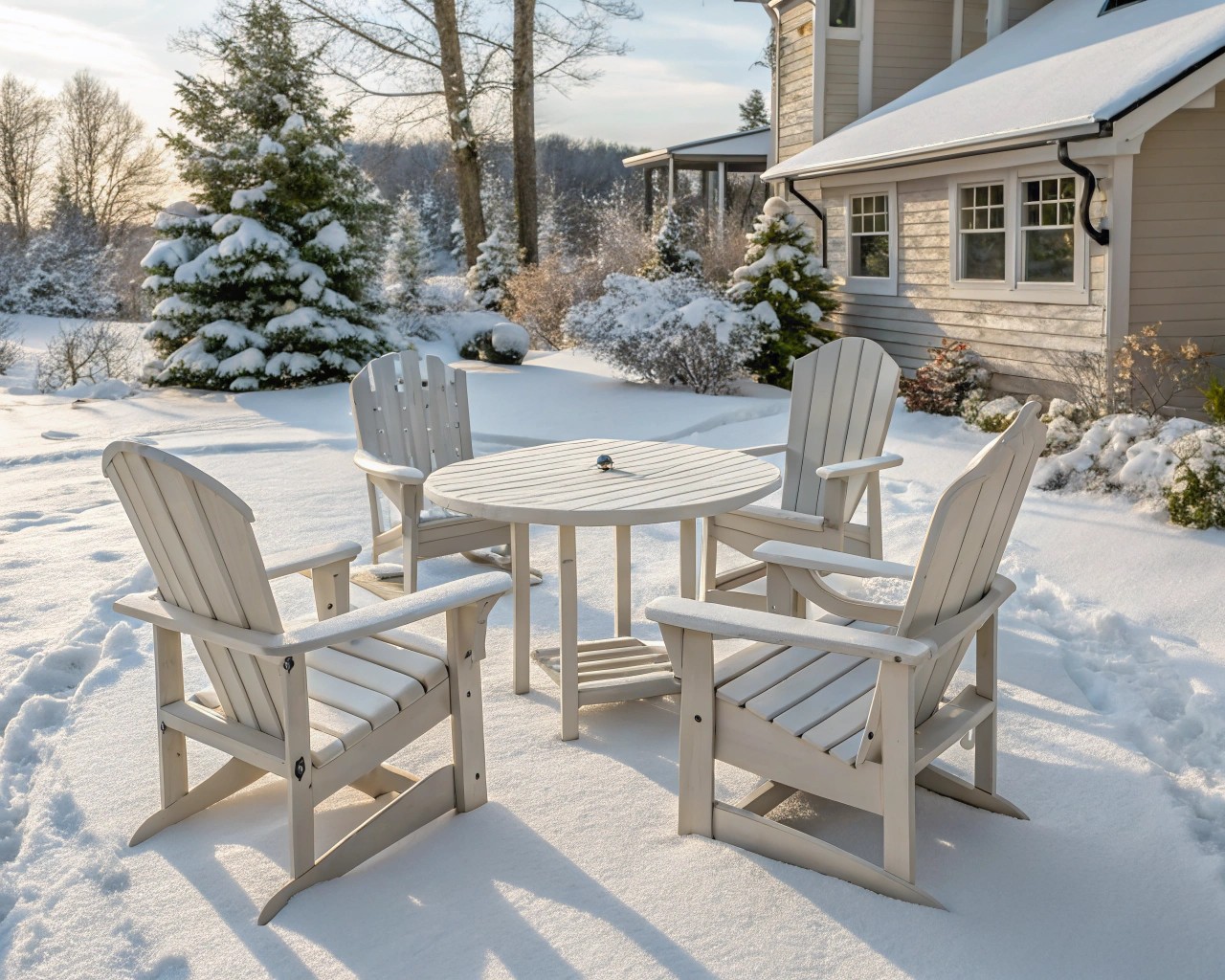
Cold-season outdoor furniture must withstand freeze-thaw cycles, moisture, and temperature extremes while maintaining both structural integrity and aesthetic appeal. Poly lumber furniture represents the gold standard for harsh climate durability, constructed from recycled high-density polyethylene that remains waterproof and crack-resistant through repeated freezing.
Material Performance in Cold Weather:
| Material | Freeze Resistance | Maintenance | Lifespan | Best Applications |
|---|---|---|---|---|
| Poly Lumber | Excellent | Minimal | 20+ years | All furniture types |
| Aluminum | Good | Low | 10-15 years | Lightweight chairs, tables |
| Teak | Good with treatment | Moderate | 15-20 years | Traditional settings |
| Steel | Fair with coating | High | 5-10 years | Temporary/budget options |
Protective Strategies:
Even weather-resistant furniture benefits from seasonal preparation. Apply protective treatments to natural materials before winter, and consider furniture covers for pieces that cannot be stored indoors. However, invest in materials that can genuinely remain outdoors year-round to avoid the hassle of seasonal storage.
Textile Integration for Comfort
Layered Comfort Systems:
Cold-weather outdoor entertaining relies heavily on textile layering to create inviting seating areas. Start with weather-resistant base cushions, add outdoor rugs in rich fall colors, and provide blankets and throws in accessible baskets for guests.
Textile Selection Criteria:
- Water-resistant fabrics that dry quickly after precipitation
- UV-stable materials that won’t fade during sunny winter days
- Easily washable options for maintenance convenience
- Rich, warm colors that psychologically counter cold temperatures
Creating Functional Outdoor Spaces
Designing for Cold-Weather Activities
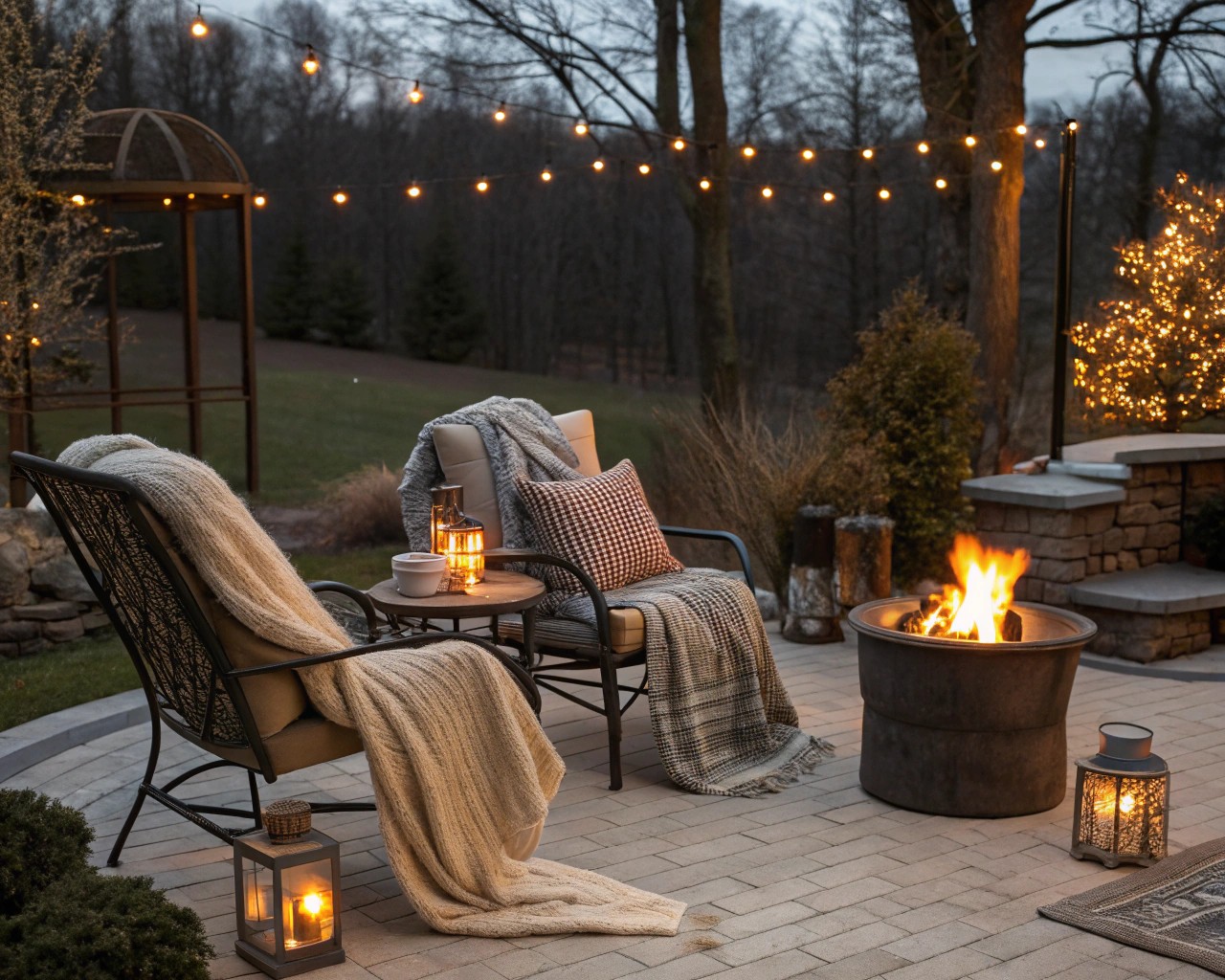
Successful cold-season outdoor spaces accommodate specific activities that draw people outside despite temperature drops. Fire features serve as natural gathering points, while protected seating areas provide comfort for extended outdoor time.
Activity-Based Space Planning:
Fire Pit Gatherings:
Position seating in a circular or semi-circular arrangement around fire features, allowing 4-6 feet between seating and flame for optimal heat distribution. Include side tables for drinks and footrests for comfort during longer gatherings. Consider curved bench seating that follows the fire pit’s circular form for space-efficient arrangements.
Outdoor Dining:
Cold-weather dining requires wind protection and overhead coverage. Position dining areas in sheltered locations and consider portable windscreens or planted barriers using evergreen shrubs. Overhead heaters work particularly well for dining areas where people remain relatively stationary.
Contemplative Spaces:
Create individual retreat areas with hanging chairs, cozy throws, and side tables for warm beverages. These spaces work especially well in sunny, wind-protected corners where individuals can enjoy winter sunshine and garden views.
Practical Implementation Examples
Small Space Solutions:
For compact areas like apartment balconies or small patios, focus on multi-functional elements:
- Storage benches that provide seating and hide outdoor supplies
- Stackable planters that create privacy screens and seasonal displays
- Portable fire bowls that can be moved as needed
- Folding furniture that adjusts to different group sizes
Large Space Strategies:
Expansive outdoor areas benefit from zone creation:
- Intimate conversation areas with fire features and close seating
- Activity zones for games or outdoor cooking
- Transition spaces that connect different functional areas
- Storage solutions for seasonal decorations and maintenance equipment
Maintenance and Seasonal Care
Protecting Investments Through Winter
Proper maintenance protocols ensure decorative elements and functional features survive harsh weather conditions while maintaining their aesthetic appeal throughout the cold months.
Monthly Maintenance Schedule:
November – Preparation:
- Clean and store summer decorations
- Install cold-weather elements and furniture protection
- Test heating and lighting systems
- Apply protective treatments to natural materials
December-February – Active Monitoring:
- Clear snow and ice from walkways and seating areas
- Check lighting systems for storm damage
- Refresh plant containers with winter elements
- Monitor heating fuel supplies
March – Transition Planning:
- Assess winter damage to decorations and furniture
- Plan spring transition timeline
- Order replacement items for damaged elements
- Begin planning next season’s improvements
Sustainable Practices
Seasonal Element Cycling:
Design decoration systems that transition naturally between seasons rather than requiring complete replacement. Evergreen bases can support changing seasonal accents, while neutral furniture accommodates different color schemes throughout the year.
Local Material Sourcing:
Utilize locally available materials like pine boughs, birch branches, and seasonal flowers to reduce costs and environmental impact while ensuring climate-appropriate choices. Many elements can be foraged sustainably or purchased from local growers who understand regional growing conditions.

